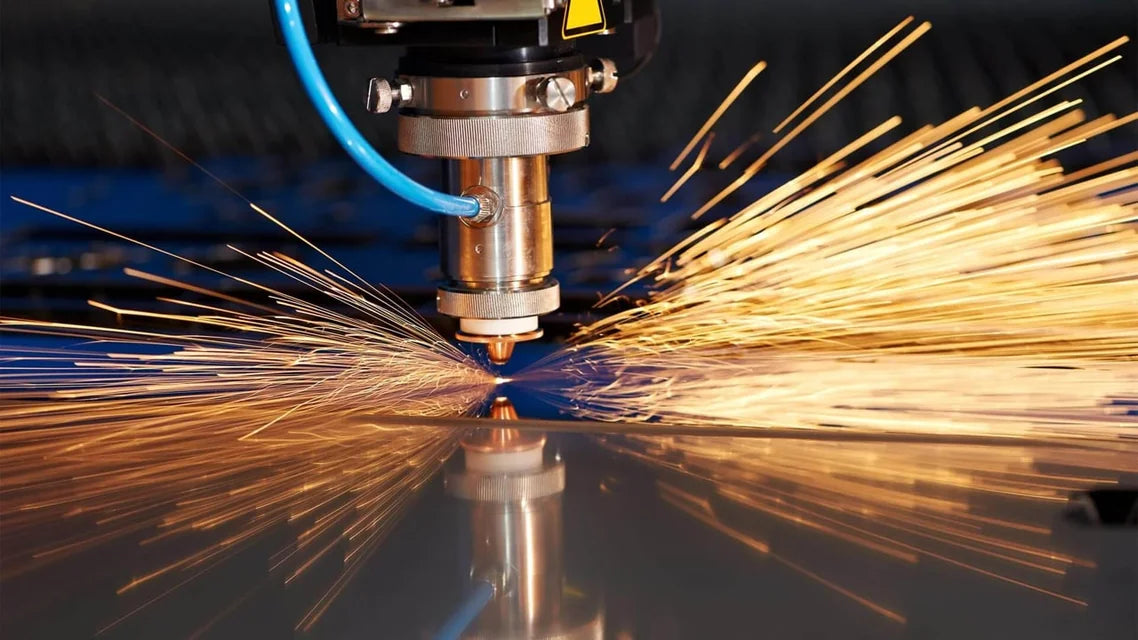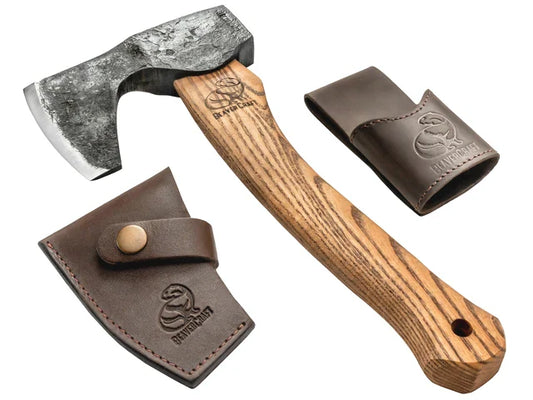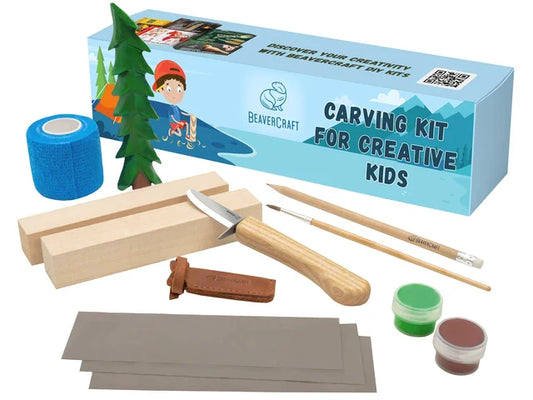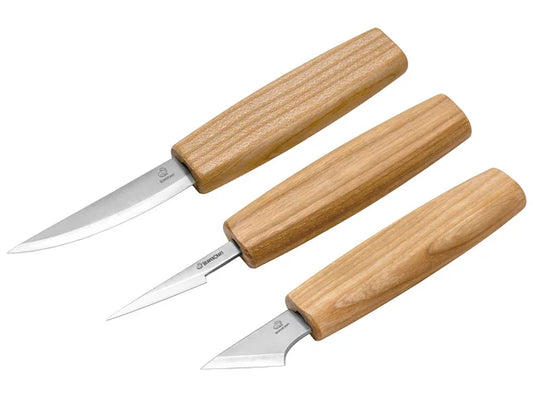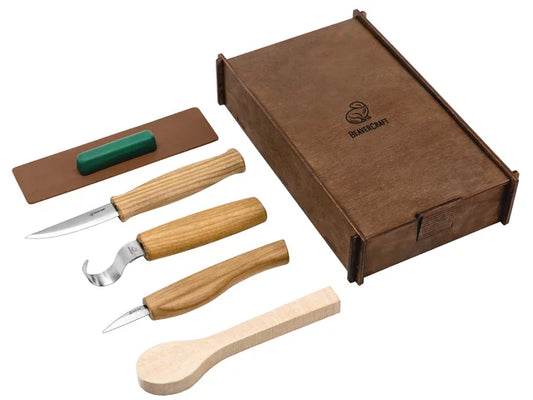BeaverCraft wood carving tools represent a combination of technological innovations and traditional craftsmanship, indispensable in the most critical stages of modern production.
Constant work on improving the production process helps us develop our corporate identity and create top-quality tools that will serve you for many years. With our tools, you can create many awesome wood carving projects and truly enjoy the process.
Tools Designed to Assist
BeaverCraft brand concept focuses on three main goals:
⭐ Develop new solutions based on advanced technology and extensive production experience.
⭐ Manufacture quality tools using the finest materials and components to meet the needs of both beginners and professional wood carvers.
⭐ Provide impeccable assembly quality to ensure every tool is 100% durable and reliable.
Tool Manufacturing Process
The production of wood carving tools is a labor-intensive process consisting of many stages. The entire workflow – from the selection of raw materials to the finished product – can be divided into the following steps: production of handles, blade production, hardness testing, tool assembly, sharpening, and quality control of finished products.
Blade Production
Before launching the long-awaited process, we develop and approve the design of the tool model. At BeaverCraft, we select only the best steel from EU countries for manufacturing our carving tools. We use premium quality high carbon steel (65G sheet steel or its equivalent) to provide the necessary cutting properties to the final product.
Using laser cutting technologies, we cut out the blank of the future blade with high precision according to the software-defined layouts.
Press Forming
To make a chisel, gouge, or bent tool, all tool blanks undergo pre-heat treat operations annealing. The blanks are heated in furnaces and then slowly cooled. Annealing eliminates internal stresses, reduces hardness, and increases ductility, making further machining easier. As soon as the blanks cool down, we put them under a high-tonnage press.
The qualified operator puts the blank into the mold and, applying a high pressing force, shapes the flat workpiece into the form of a gouge, chisel, or other desired tool profile. Once the blank takes shape, the future instrument is forwarded to the next stage.
Preliminary grinding
While our tool blanks are still soft and have not acquired the hardness for cutting, they are pre-grinded. We accurately remove the basic metal layer with coarse-grained abrasive belts on special machines. In such a way, we form future "bevels" of our cutters, after which they move on to the hardening stage.
Hardening
No woodcarving tool can have the claimed properties unless it is thermally processed. The blanks are heated in furnaces uniformly to the required temperatures. After this, they are immersed in oil and get a Rockwell Hardness Scale rating of 57-59. Each batch of samples is hardened individually to ensure the highest quality of each tool.
Hardness Testing
After that, the blade samples are sent for hardness testing.For this, we use a hardness tester with a diamond indenter.We test each tool element, each knife, and chisel individually. When we are convinced that the necessary hardness is achieved, blade blanks are sent to the penultimate production stage.They are almost finished.
Finishing
During this stage, each blade is cleaned after the hardening process. Then blades are sharpened to get excellent cutting properties (razor sharpness).
Once we finish sharpening, the next step is polishing. It makes the tools look good and ensures a smooth and accurate cut. The smooth surface of the blade does not snag but slides on the wood. It makes the carving process as pleasant as possible.
No blade can pass to the assembly phase until it's perfect. Functional tests and quality control procedures assure the stable quality of our tools. Most blades pass the cut test on hard wood (usually oak), and spoon carving knives are tested on soft wood (basswood).
Production of handles
Mostly, we use ashwood and oak for the handles of basic carving tools and walnut – for premium carving sets. These materials are highly durable.
Apart from this, we use linseed oil for the impregnation. It protects wood handles by repelling water and prevents the carver's hand from slipping.
Tool assembly
Once the blades have a brand logo and the handles are finished, the approved items pass on to the assembly department.
During tool assembly, the tool parts are adjusted securely. After connecting and fastening the tool components, we fill the hole in the handle with epoxy resin.
After this, the tool passes on to the storage department for 24 hours, where the epoxy resin gains its hardness.
Final sharpening
When the epoxy resin hardens, we move on to final sharpening. The sharpening angle depends on the purpose of the tool. Using a honing paste, we polish each instrument on the felt wheel; it becomes razor sharp and acquires a shining gloss effect.
Packaging
Now that the product is ready, the final stage is 'covering' the tool with a sheath or protective cap. Every item is made individually for each product (considering the size and shape of the instrument).
After that, the finished product is passed to the packing department. Here BeaverCraft tools are packaged in branded boxes and after - shipped to the recipient on time.
COLLECTIONS
- Choosing a selection results in a full page refresh.



